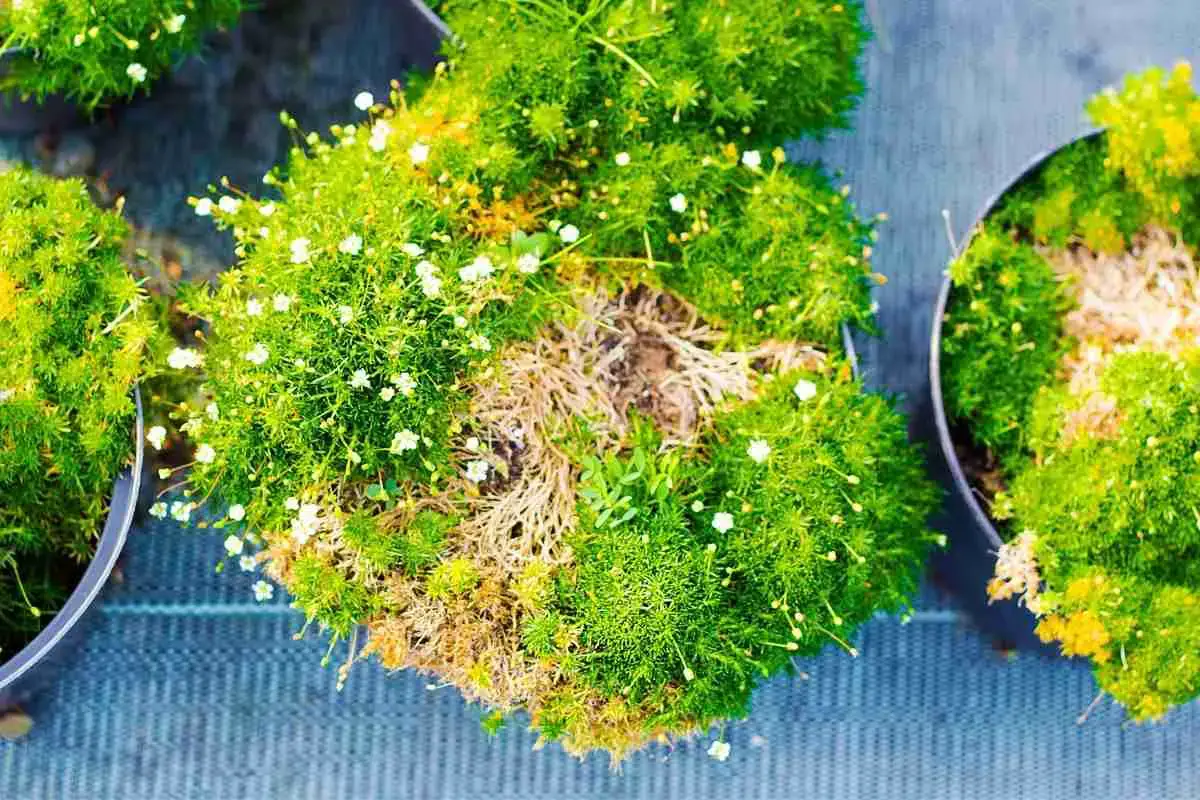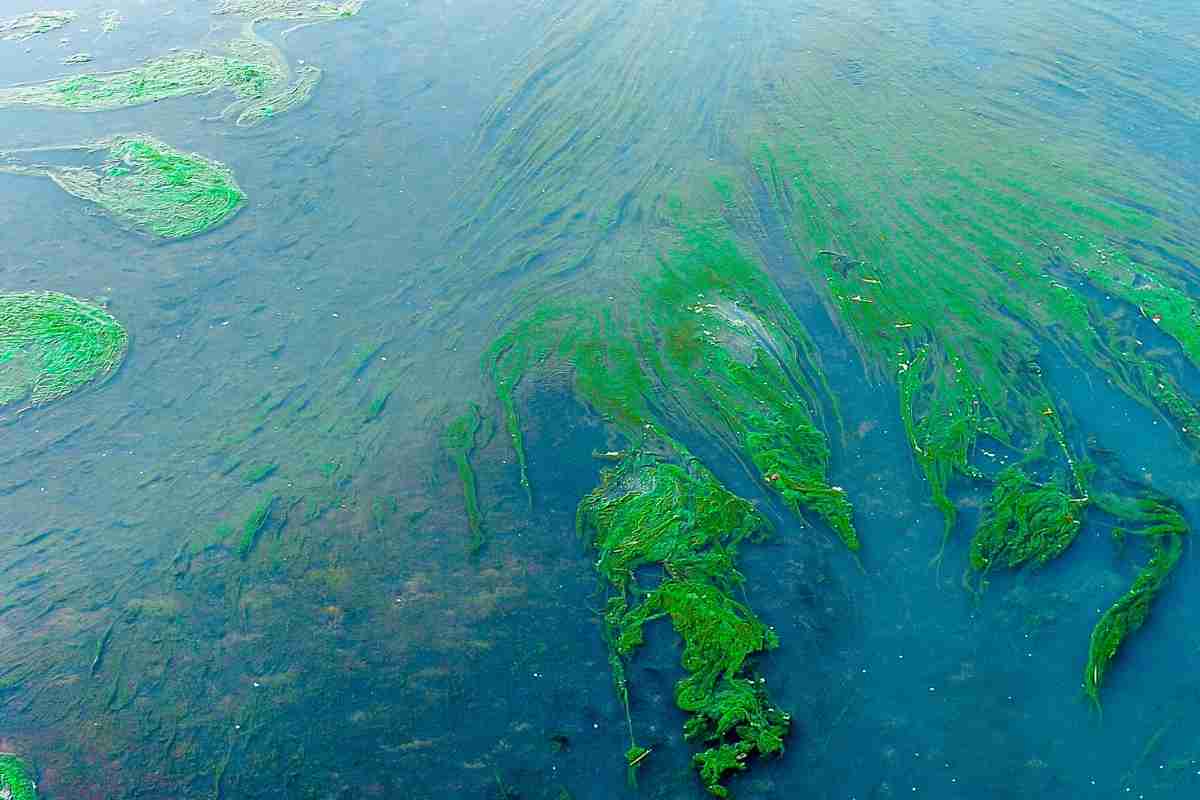
Is Algae A Protist? (Autotrophic Or Heterotrophic)
Read more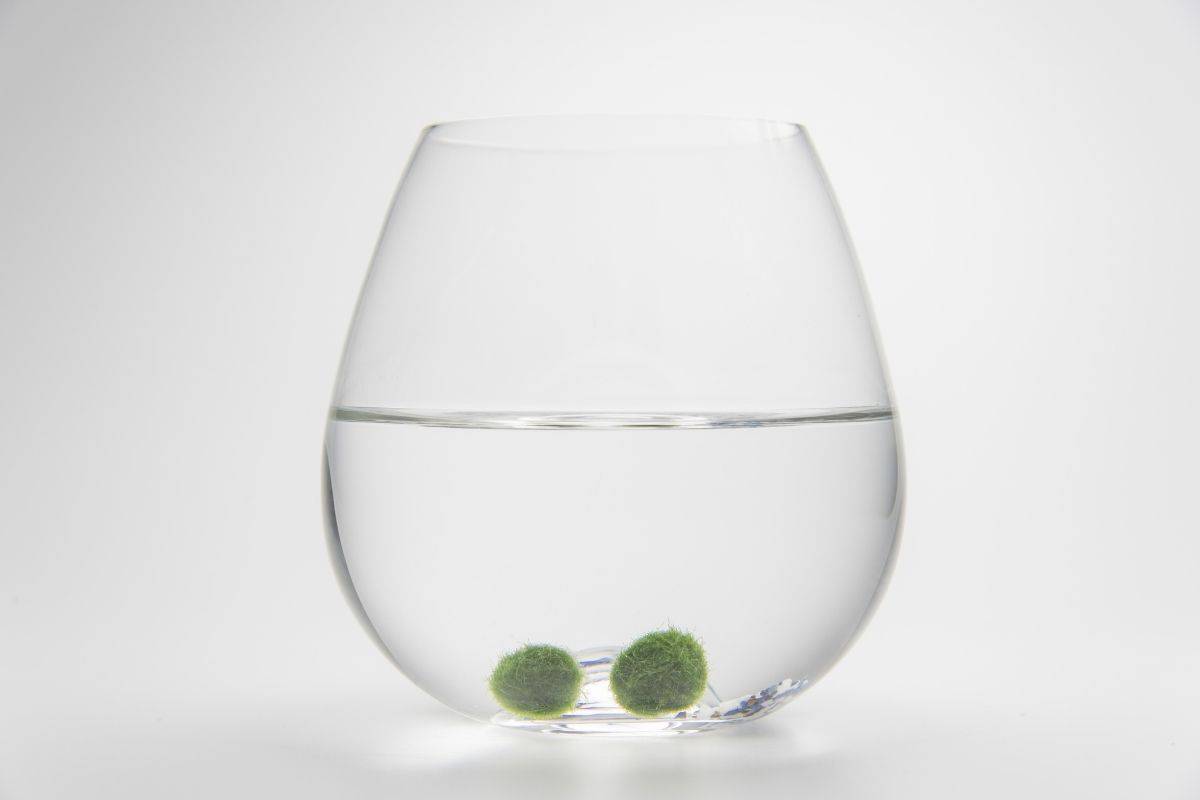
Do Moss Balls Need Light? The Ultimate Question!
Read more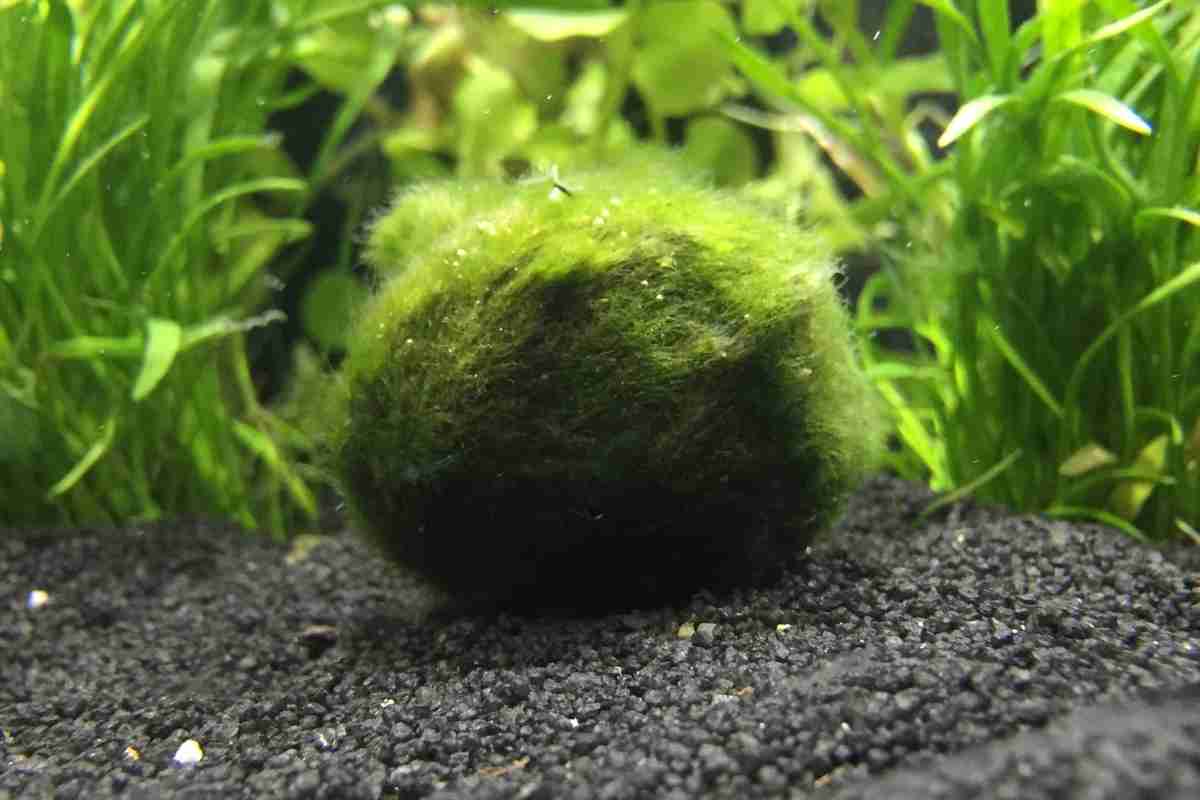
Marimo Moss Balls: Are They Safe?
Read more
What to do if your Christmas moss turns brown or yellow? Find out how to bring your moss back to life
Read more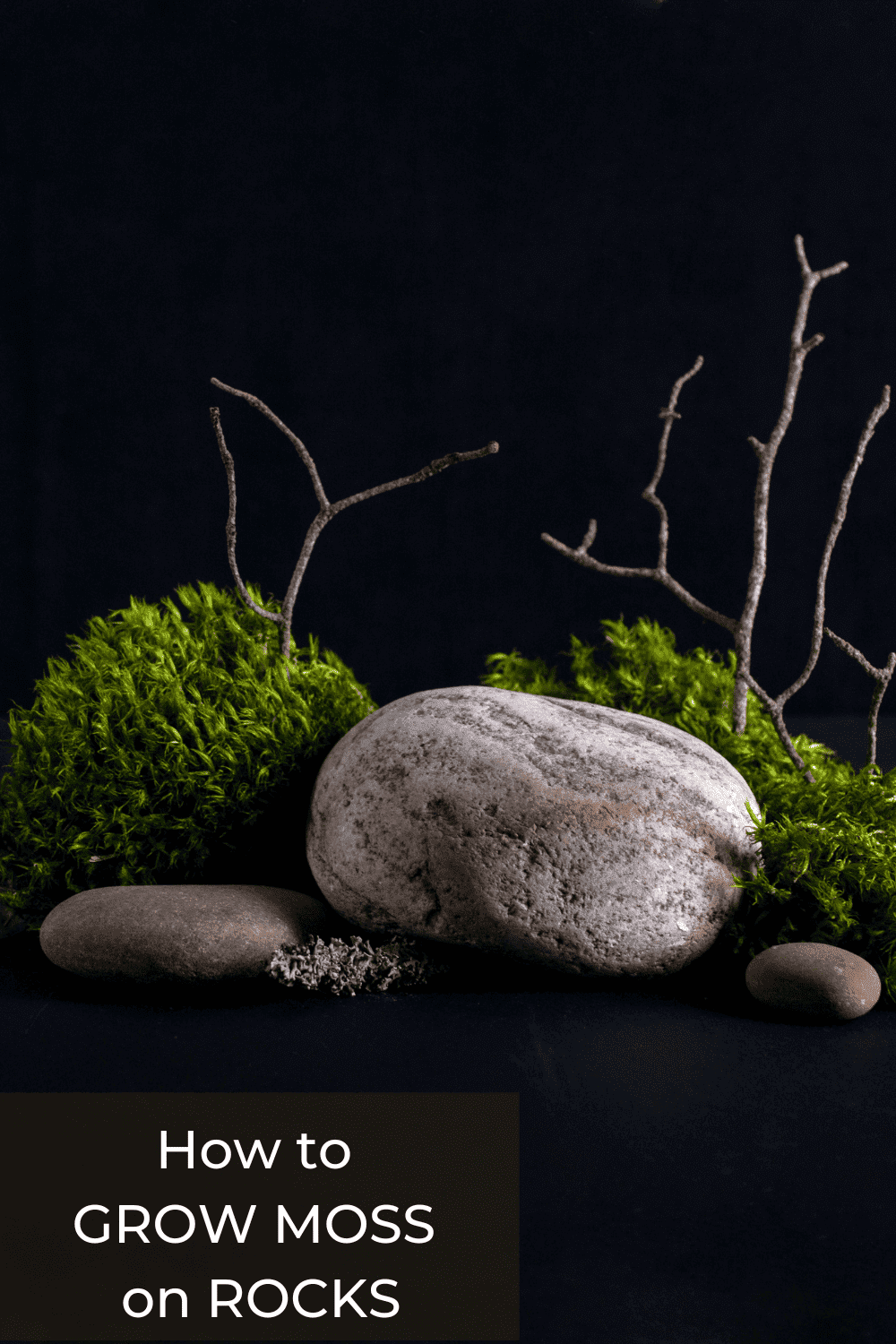
How to Grow Moss on Rocks and Impress Your Friends (or Enemies)
Read more
Does Sphagnum Moss Mold? Causes & Prevention
Read more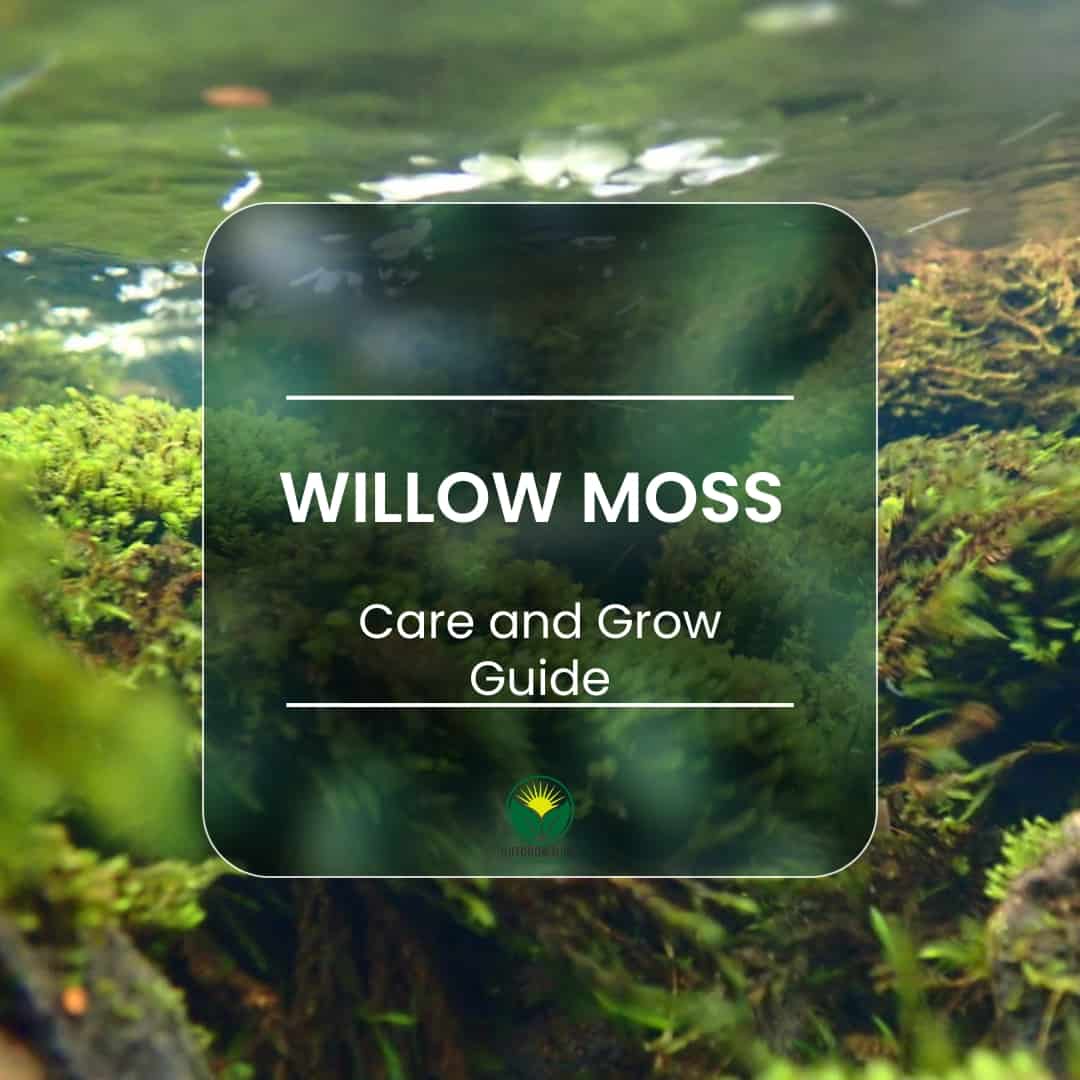
Willow Moss (Fontinalis Antipyretica). The aquatic moss par excellence. How to take care of it and make it grow in aquarium
Read more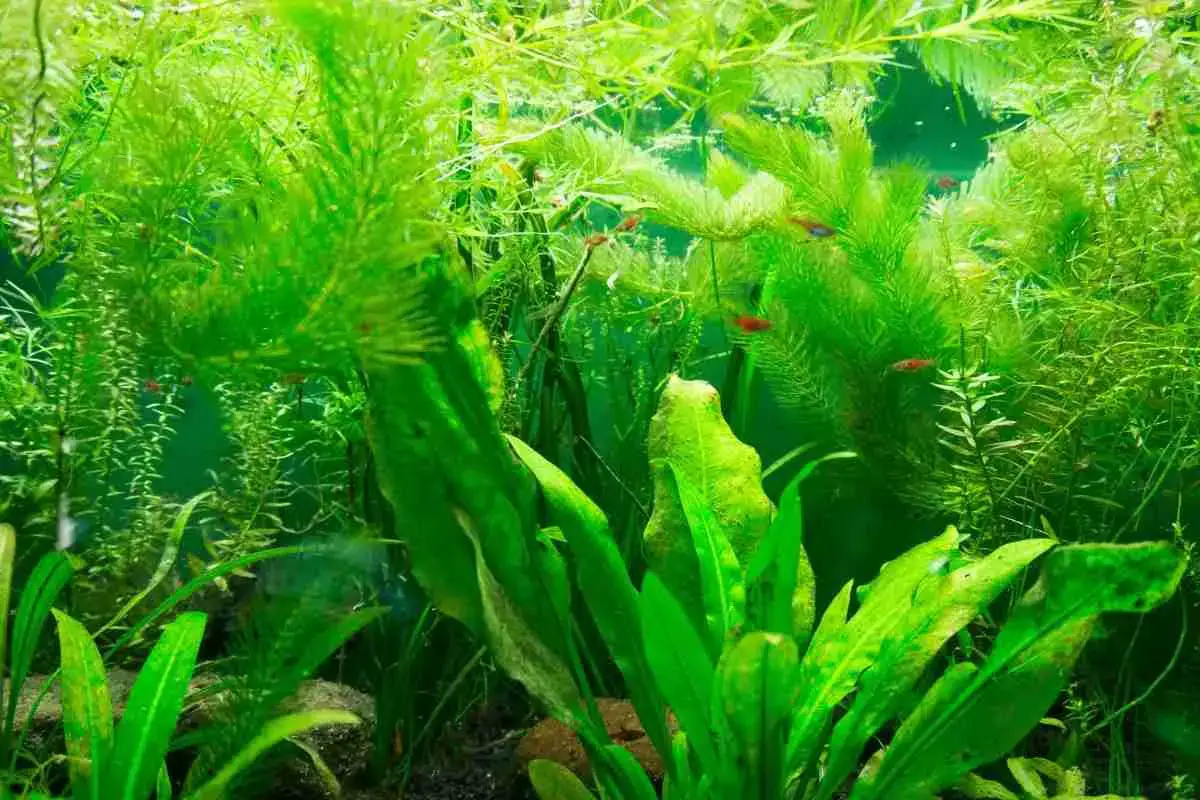
5 Simple Methods To Promote Algae Growth!
Read more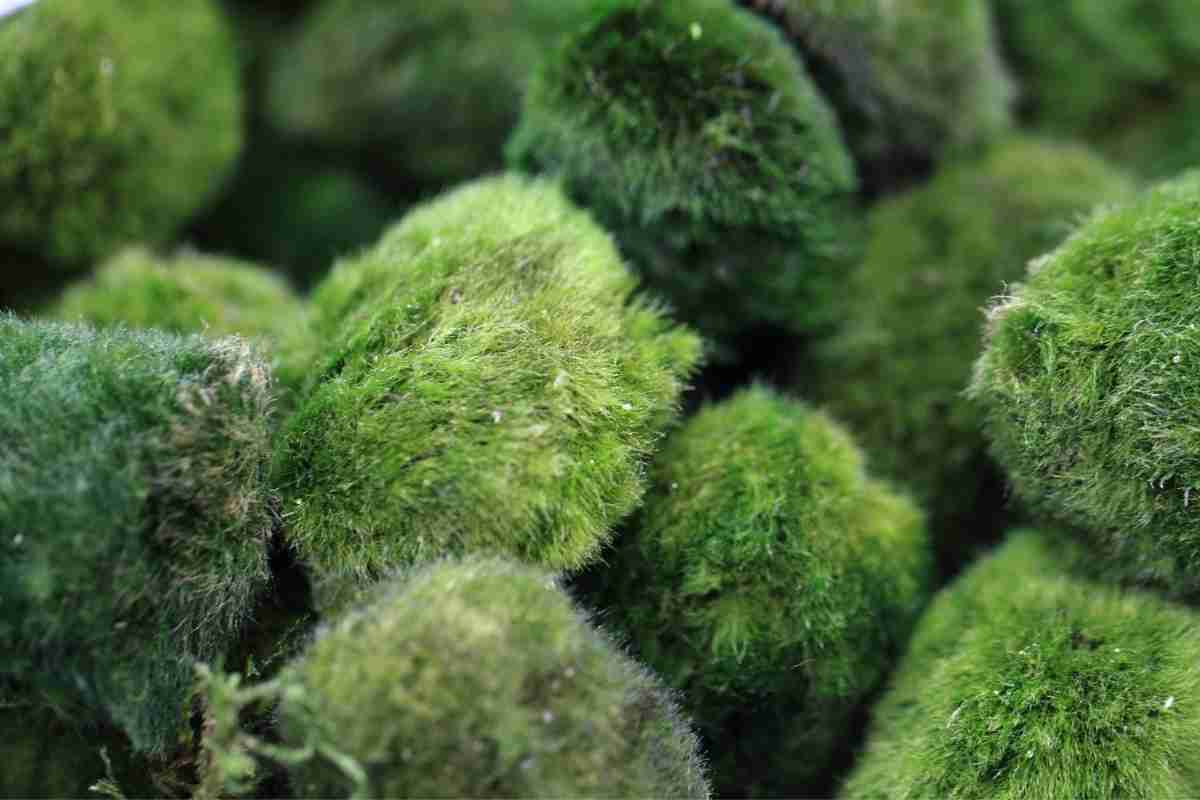
What Are Moss Ball Pets? Detailed Guide!
Read more
How To Grow Moss On 12 Different Surfaces Step By Step
Read more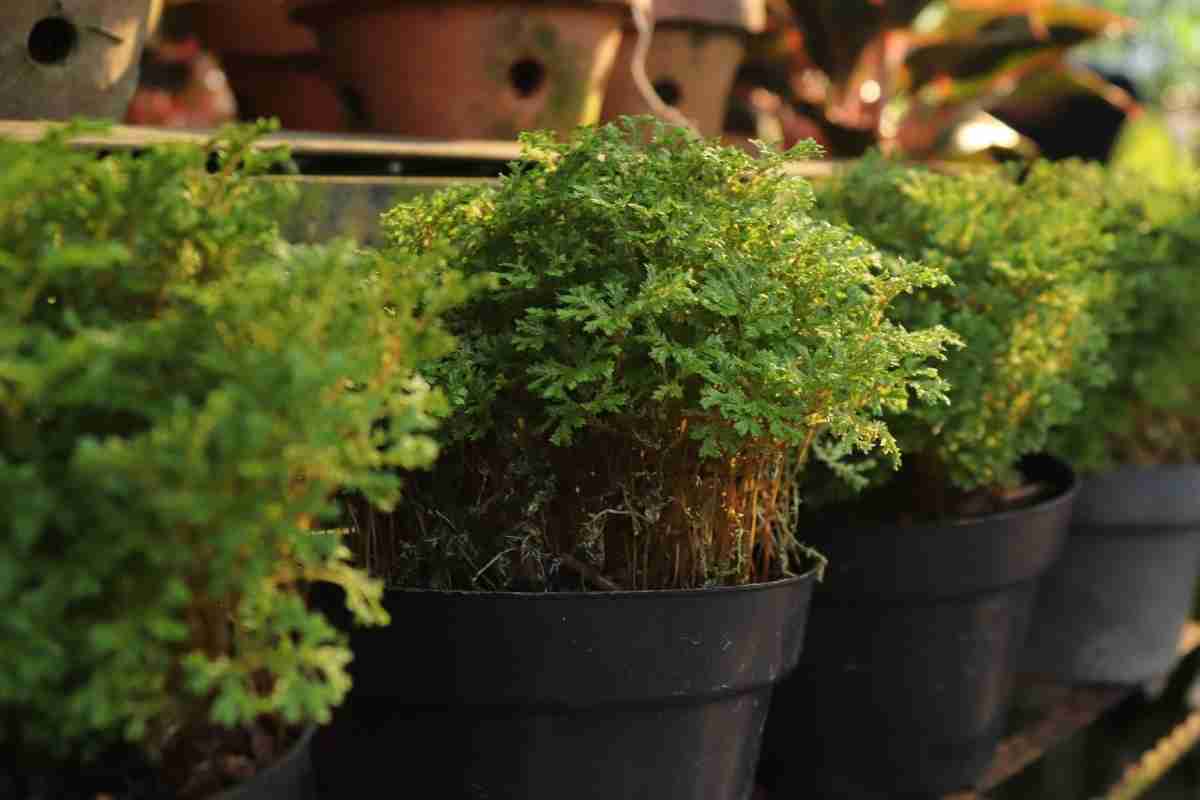
Is Moss Good For Plants? (Indoor & Outdoor Plants)
Read more